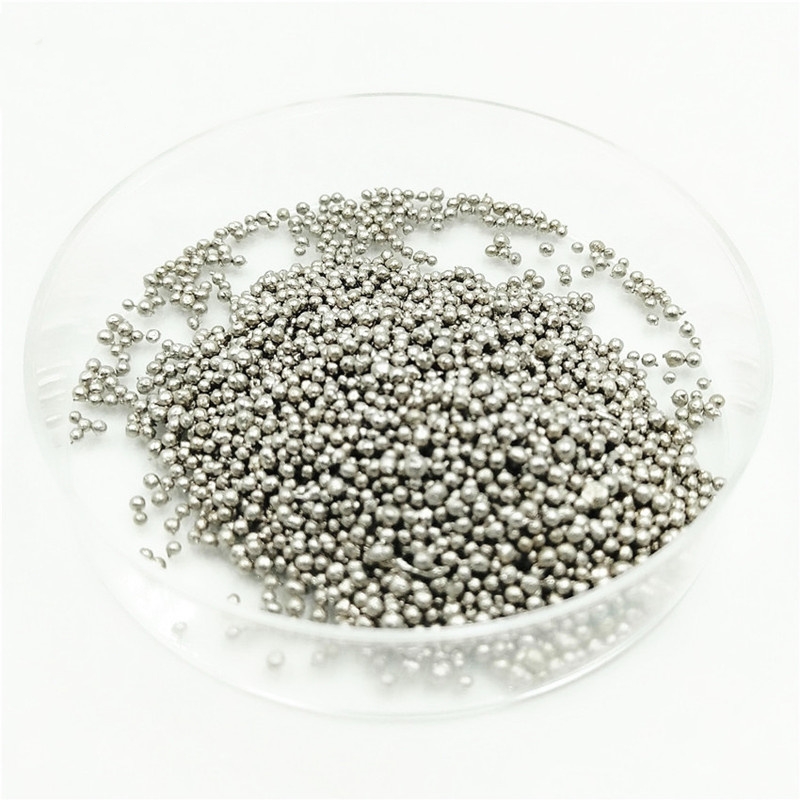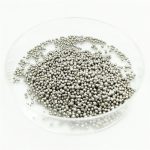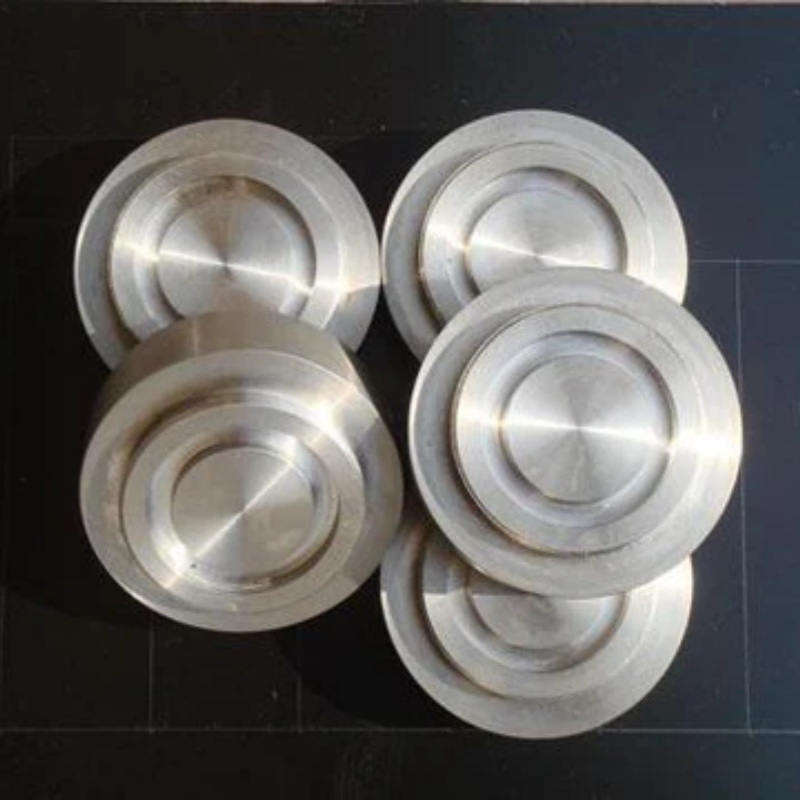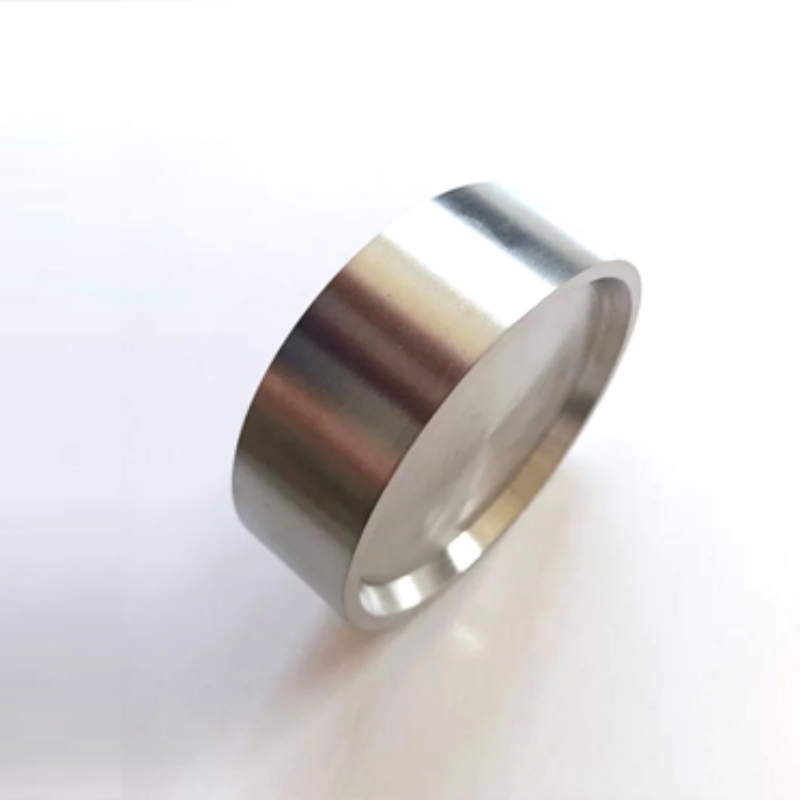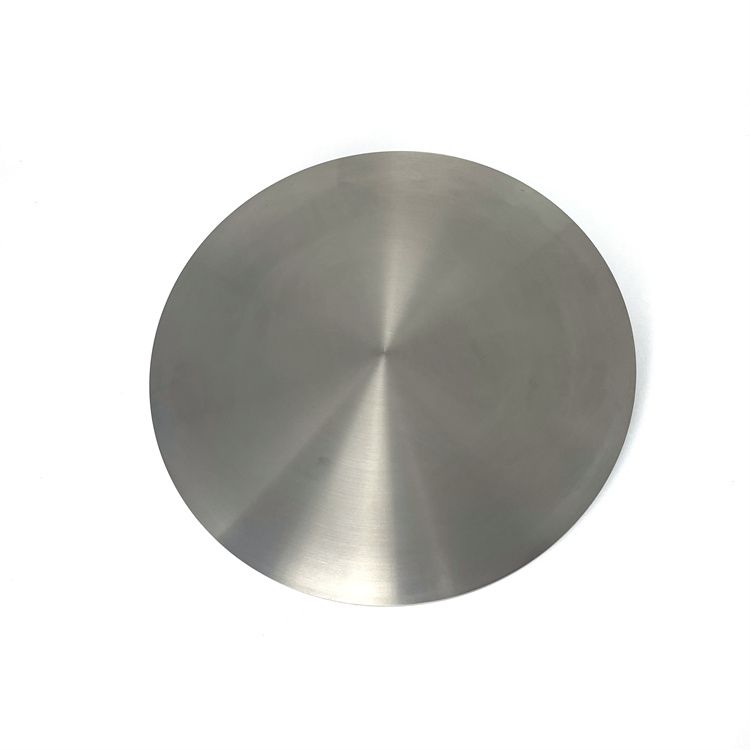Bismuth oxide (Bi₂O₃) granules are high-purity inorganic compounds known for their excellent optical, electrical, and catalytic properties. They are widely used in electronic materials, ceramics, glass manufacturing, and pharmaceutical applications. Due to their distinct characteristics, bismuth oxide granules play a crucial role in semiconductor technology, radiation shielding, and specialized chemical research.
Product Overview
Bismuth Oxide (Bi₂O₃), also known as bismuth trioxide, is an inorganic compound that appears as yellow or orange. It has a high melting point and excellent chemical stability, making it a valuable compound in various industries. Bismuth Oxide is a key material used in the chemical, glass, electronics, and optoelectronics industries. Its unique crystal structure and properties make it crucial for a range of high-tech applications.
Features
- High purity (99.99%), ensuring superior performance
- Available in α and β forms, providing different physical and chemical properties
- High melting point and excellent chemical stability, suitable for harsh environments
- Remarkable optical properties, such as high refractive index and infrared transmission capabilities
- Customizable sizes and specifications based on customer needs
Applications
- Chemical Industry: Used in chemical reagents and the production of bismuth salts
- Glass Industry: Utilized for glass coloring
- Electronics: Applied in electronic ceramics, varistors, thermistors, zinc oxide surge arresters, and cathode ray tubes
- Optoelectronic Materials: Due to its excellent optical properties, it is widely used in optoelectronic devices and fiber optic transmission
- Nuclear Reactors: Used as a material in nuclear reactor fuel
- Superconducting Materials: Serves as a raw powder material for bismuth-based superconducting materials with high purity
| Element | Measured Value | Standard Value | Unit | Element | Measured Value | Standard Value | Unit | Element | Measured Value | Standard Value | Unit |
| Li | Zn | Pb | |||||||||
| B | Ga | 5 | ppm | Bi | |||||||
| F | Ge | 5 | ppm | Y | |||||||
| Na | 8 | ppm | As | 1 | ppm | Th | |||||
| Mg | Se | 1 | ppm | Er | |||||||
| Al | 7 | ppm | Zr | Ru | |||||||
| Si | Nb | Rh | |||||||||
| P | Mo | Os | |||||||||
| Cl | Pd | Cd | 4 | ppm | |||||||
| K | Ag | In | 7 | ppm | |||||||
| Ca | Sn | 3 | ppm | ||||||||
| Ti | Sb | 10 | ppm | ||||||||
| V | Ba | ||||||||||
| Cr | Hf | ||||||||||
| Mn | Ta | C | |||||||||
| Fe | 1 | ppm | W | S | |||||||
| Co | Pt | O | |||||||||
| Ni | Au | N | |||||||||
| Cu | 5 | ppm | Hg | 1 | ppm | H |
 new material
new material

